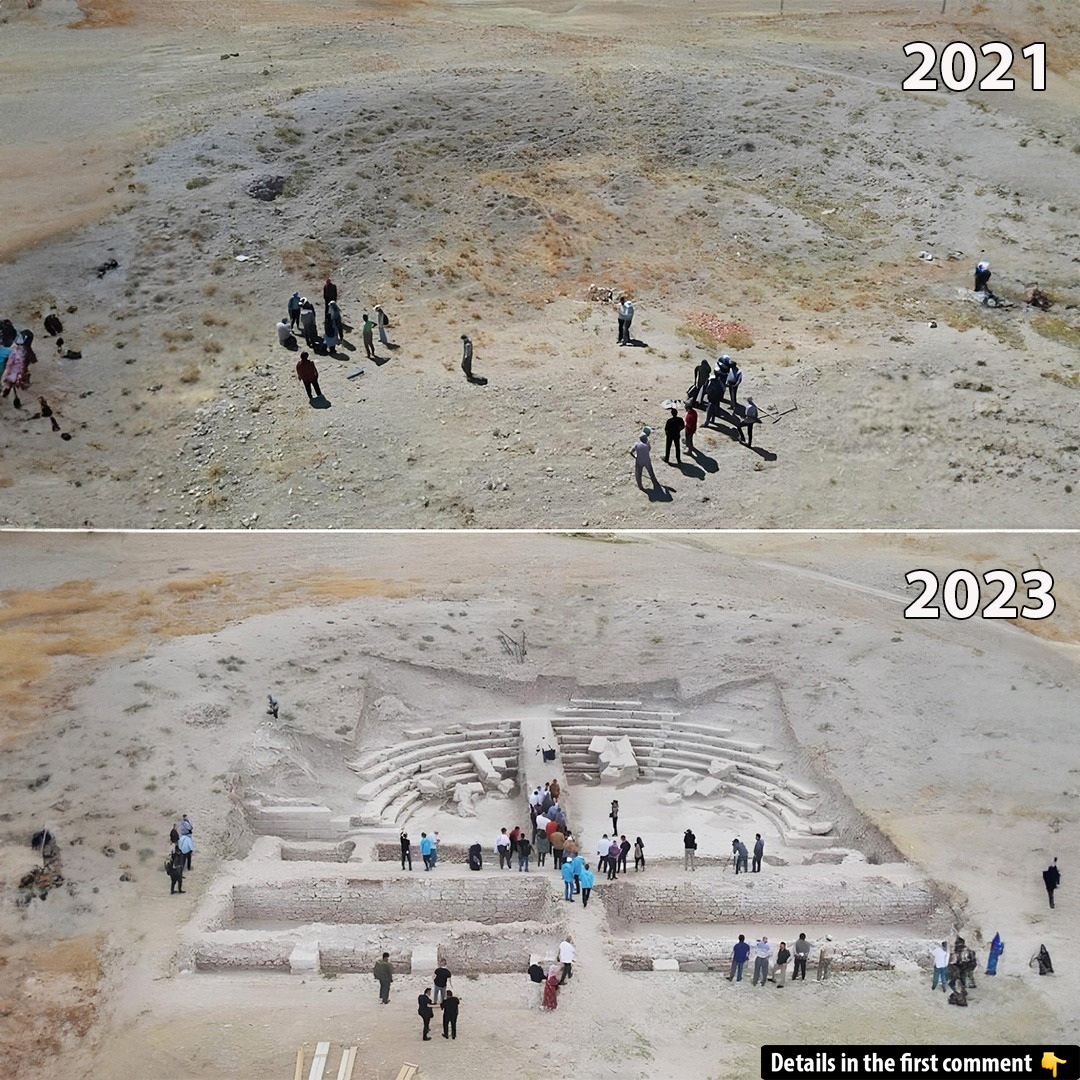Tucked away in the heart of Türkiye, the ancient city of Savatra is slowly revealing its long-forgotten past. Recent excavations have uncovered a remarkable altar that offers a glimpse into the cultural and military life of the people who once thrived there. This discovery, alongside an ancient Greek inscription, promises to unlock valuable insights into the social and political structures of the region. As the excavation team continues to uncover more, Savatra’s secrets are gradually unfolding, shedding light on a vibrant chapter of history that was once lost to time.
The Discovery of the Altar: Unearthing Cultural Artifacts
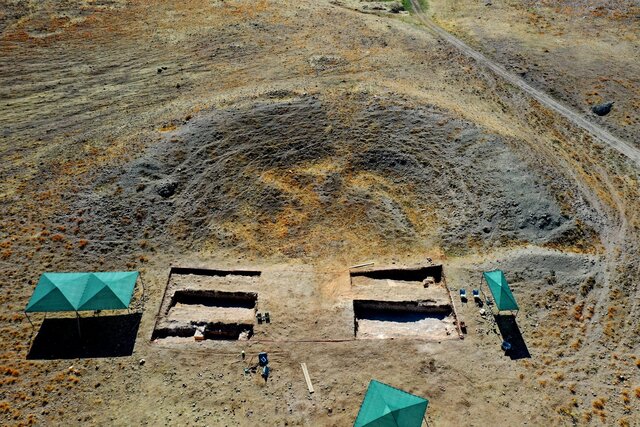
In May, the excavation team embarked on an ambitious dig at the ancient theater of Savatra, located in the Karatay district of Konya. What began as a routine excavation soon took a thrilling turn when the team uncovered an altar that had remained largely intact beneath the fallen blocks. The altar, which had been partially protected by its structure, surprised the archaeologists with its remarkable preservation. The discovery was met with great excitement, as it provided a direct connection to the past and has the potential to unlock new information about the cultural practices and societal structures of ancient Savatra.
The altar, a central piece of the excavation, promises to offer insights into the daily lives of the people who lived here. But this is no ordinary find. The altar is more than just a physical artifact; it is a key to understanding the past, linking the ancient city with the broader sociological and cultural systems of the time.
Video
Check out the video on the ancient city of Savatra in Konya, Turkey – it’s a captivating look at a historical treasure!
Insights from the Greek Inscription: The Language of the Past
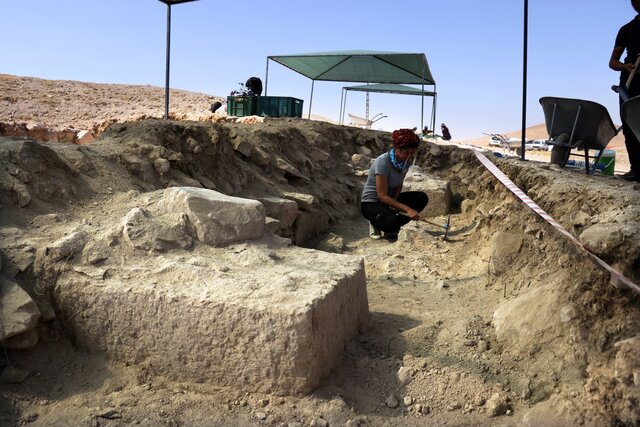
Among the most significant aspects of this discovery is the ancient Greek inscription found on the altar. Experts have translated the inscription, which provides vital information about the history of the altar and its cultural significance. According to the inscription, the altar was a donation made by a group or dynasty called “Aurelia.” This organization, once prominent in the region, is now an important part of the historical narrative of Savatra. The inscription offers crucial insight into the era’s theater scene, revealing not only the existence of this organization but also shedding light on the cultural dynamics of the time.
The presence of Greek in the inscription is noteworthy, as it demonstrates the cross-cultural influences that shaped the ancient city. The Greek language was widely used in the Eastern Mediterranean, and its presence in Savatra suggests a degree of cultural exchange between this city and the greater Hellenistic world. This detail alone opens new avenues for research into the interactions between local populations and external powers, further enriching our understanding of ancient life in the region.
A Glimpse Into Roman Military Life: Reflections of the Garrison
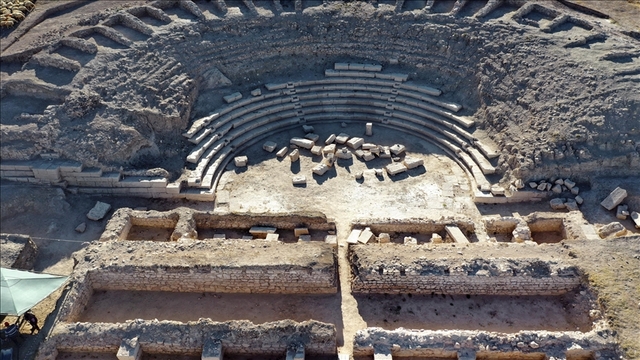
Savatra’s ancient history is also deeply intertwined with the Roman Empire, as the city was a Roman military garrison area. The altar’s design, including the depiction of a soldier holding a flag and a victory wreath, provides visual confirmation of the military presence that once dominated the region. These symbols of triumph and power speak volumes about the role of Savatra in Roman military campaigns.
The inclusion of these military motifs is no coincidence. The altar likely served not just a religious function but also a commemorative one, celebrating the military victories of the Roman forces stationed in the region. The intertwining of military symbolism with religious offerings suggests a society where power, religion, and culture were closely connected. This finding reinforces the importance of Savatra as both a military and cultural center, revealing how these different aspects of life were interwoven.
The Altar’s Cultural and Sociological Significance: A Window into Ancient Society
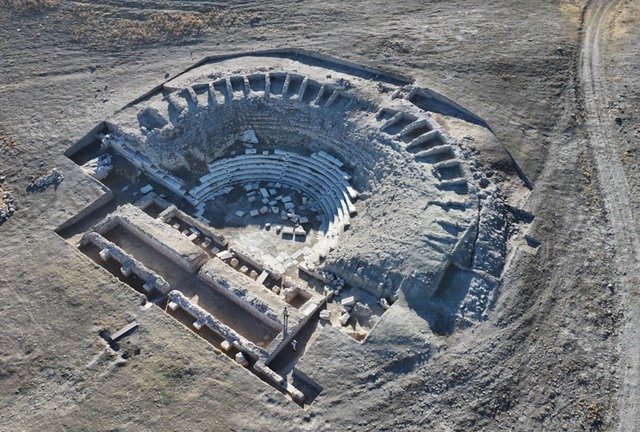
The altar’s discovery is not just an archaeological achievement; it is a window into the sociological structures of ancient Savatra. The inscription and symbolic imagery on the altar offer valuable information about the people who lived there and the ways they interacted with their environment. The altar’s association with a powerful organization like Aurelia suggests that there were complex social hierarchies and networks within the city.
Moreover, the depiction of victory and the presence of a Roman military garrison indicate that the residents of Savatra were no strangers to conflict and conquest. The altar may have been a way to unite the community, celebrating both military successes and religious devotion. Understanding how these elements coexisted offers a richer, more nuanced view of life in ancient Savatra, highlighting the complexity of social, political, and cultural life in the city.
Restoration Efforts and Future Plans: Preserving the Past
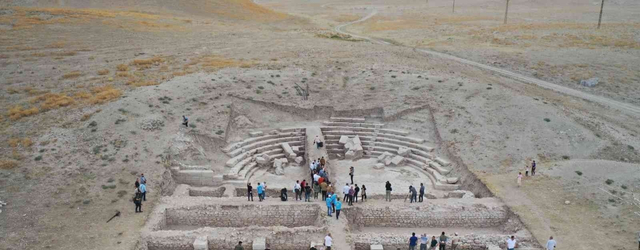
As the excavation of Savatra nears completion, the next stage involves restoring the ancient theater and its many artifacts. The altar, along with other significant finds, will be carefully preserved to ensure they remain a part of the historical record for future generations. Restoration efforts will focus on stabilizing the theater’s structure and ensuring that the altar and other discoveries are properly maintained.
Ilker Isik, the head of the excavation team, has emphasized that the restoration process should be relatively straightforward, thanks to the altar’s minimal damage and the relatively small number of seating steps in the theater. Once completed, these efforts will allow the public to experience Savatra’s rich history firsthand, providing a tangible connection to the past.

Conclusion: The Legacy of Savatra
The findings at Savatra are more than just a historical discovery; they are a testament to the enduring legacy of ancient civilizations. The altar, with its Greek inscription and military symbolism, offers invaluable insights into the cultural, social, and political life of the people who lived in Savatra. Through the dedicated efforts of archaeologists and historians, we are able to piece together the story of this ancient city, shedding light on a long-forgotten chapter of history.
As excavation and restoration work continue, Savatra will undoubtedly yield more discoveries that will further enrich our understanding of ancient life in Türkiye. The city’s history, from its military garrison roots to its cultural and religious practices, will continue to inspire and inform scholars and visitors alike. With each new find, the mysteries of Savatra become clearer, reminding us of the importance of preserving and studying our shared heritage for future generations.
Video
Watch the video on Sogdiana, the Silk Road’s forgotten civilization – it’s a fascinating documentary on ancient history!
